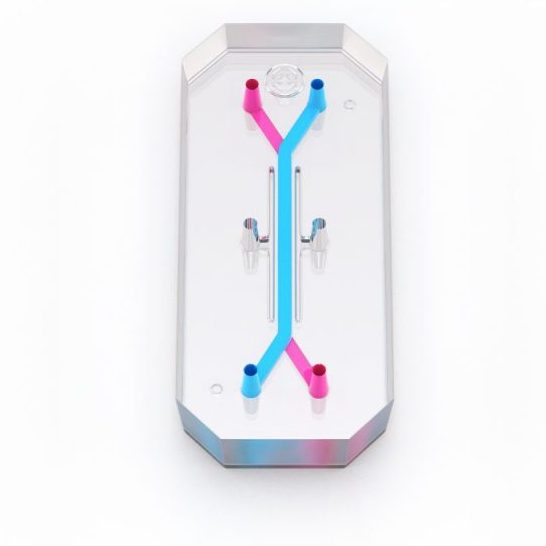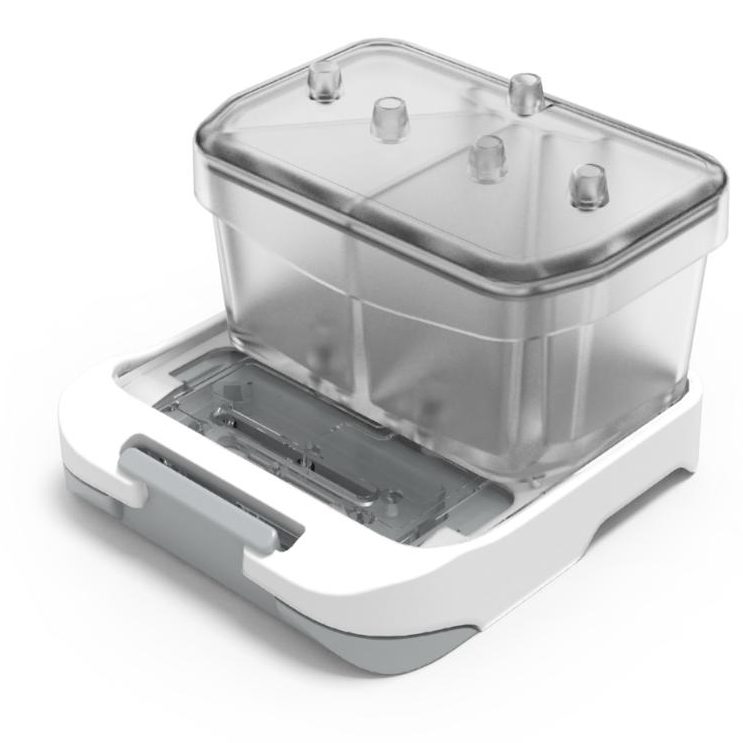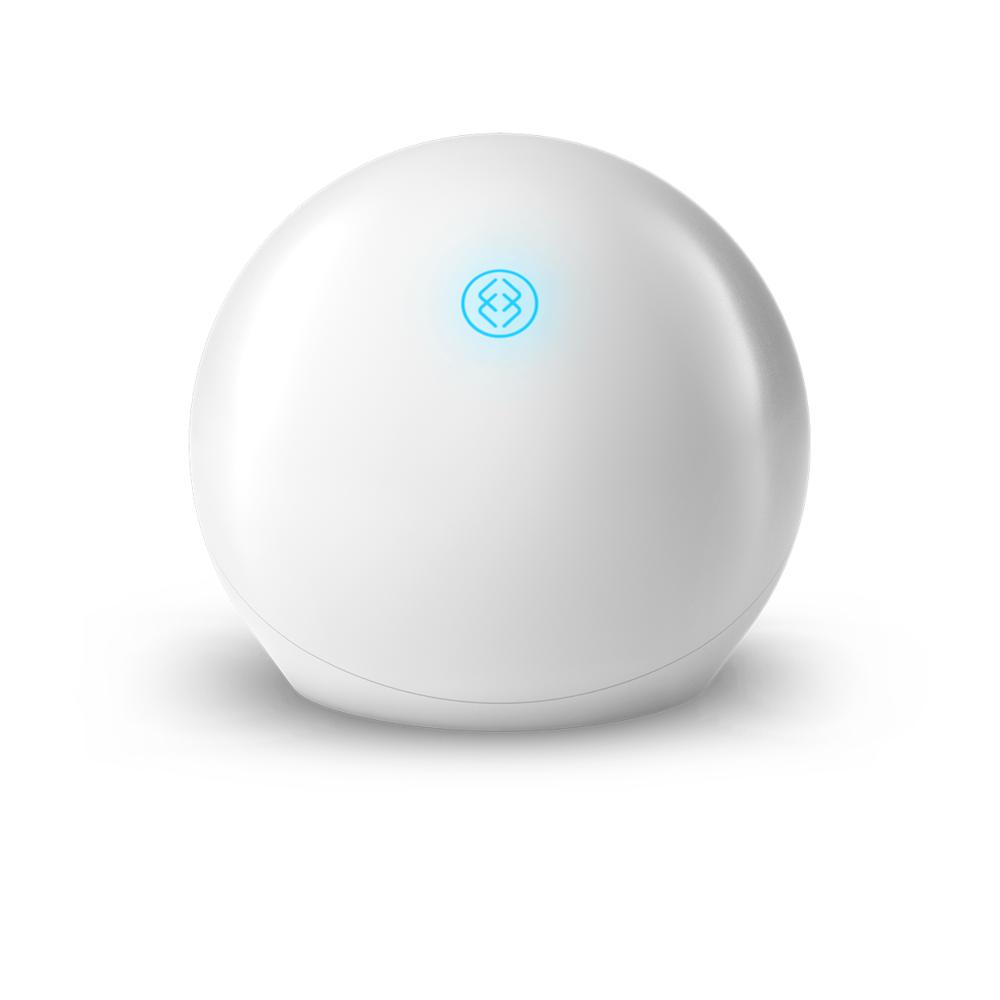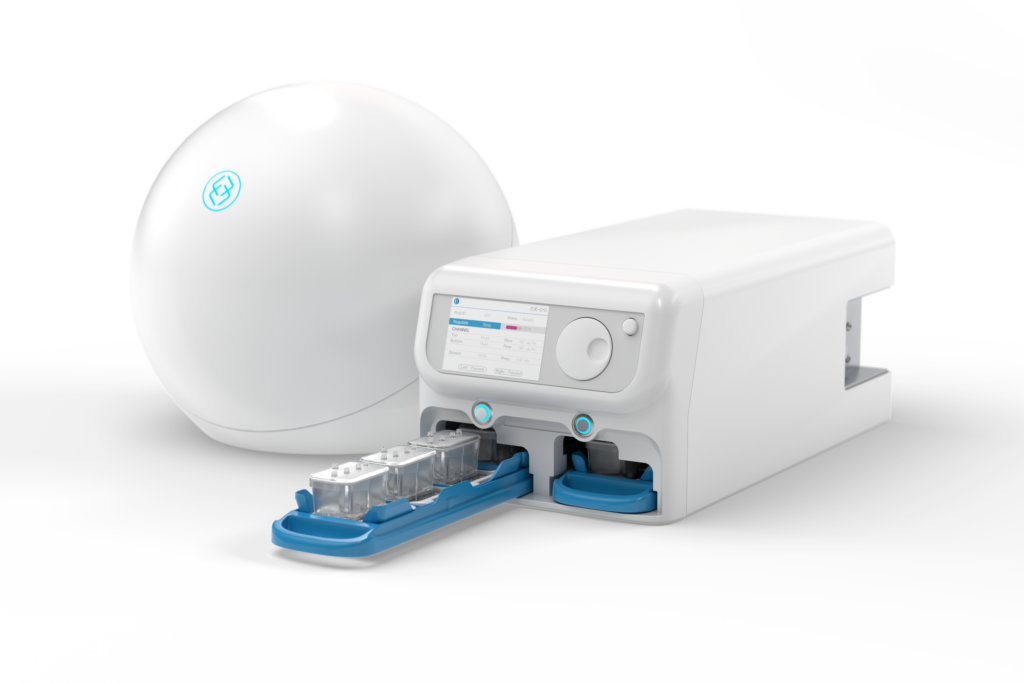The most powerful technologies of the past 15 years have been revolutionary not only because of what they enable people to do, but also because they are easy to use.
We designed the Zoë Culture Module to embody this philosophy. It takes Organ-on-a-Chip technology—which has traditionally required specialized engineering knowledge—and integrates it with hardware and consumables. This Organ-Chip platform can be utilized in contemporary laboratory workflows and provides advanced automation so that researchers can run experiments repeatedly and robustly in a variety of environments.
The development of the Zoë Culture Module started with the creation of our first Organ-Chips at the Wyss Institute of Biologically Inspired Engineering. At the time, we knew that an Organ-Chip solution held enormous potential to provide a better understanding of human biology and disease. But we also knew that we had to build an Organ-Chip platform that users with different training could use in their labs.

Chip-S1™ Stretchable Chip

Organ-Chips are living, micro-engineered environments that recreate the natural physiology and mechanical forces that cells experience within the human body. They recreate human biology more accurately than animal models or other cell culture methods. The Chip-S1™ Stretchable Chip—our first commercially available chip design—can be configured to emulate different organs, including lung, liver, intestine, kidney, and brain.
The microenvironment created within each Chip-S1 includes epithelial cells in the top channel and endothelial cells in the bottom channel. The top and bottom channels are separated by a porous, flexible membrane that allows for cell-to-cell communication that is similar to those that are found in the body. These two channels are fluidically independent and users can determine the rate of flow through the channels.
Pod-1™ Portable Module

Our Pod houses the chip, supplies media, and enables compatibility with microscopes and other standard laboratory analysis equipment. The design of the Pod allows Organ-Chips to be easily transported around the lab and placed on microscopes for imaging. The Pod’s reservoirs allow users to introduce nutrient media, precisely control dosing to test drugs or other compounds, and sample chip effluent.
Zoë-CM1™ Culture Module

Zoë Culture Module is designed to sustain the life of cells within our Organ-Chips. It provides the dynamic flow of media and the mechanical forces that help recreate the microenvironment cells experience in vivo. The instrument automates the precise conditions needed for simultaneous cell culture of up to 12 Organ-Chips.
The culture module enables independent control the flow rate of media through the top and bottom channels of the chips, as well as stretch parameters — including frequency and amplitude. Additionally, Zoë has automated algorithms to prime the fluidic channels of Pods with media, and programming to maintain the culture microenvironment for optimal cell performance.
Orb-HM1™ Hub Module

The Orb Hub Module provides a simple solution for installing and operating the Zoë Culture Module within the lab environment. It delivers a mix of 5% CO2, vacuum stretch, and power from standard lab connections. It generates the 5% CO2 supply gas to Zoë by combining air with an external 100% carbon dioxide supply or from a portable CO2 canister.




